When the Preservation Alliance for Greater Philadelphia announces the recipients of their annual Preservation Achievement Awards, I immediately skim through the list of properties looking for familiar names and places. This year’s list did not disappoint.
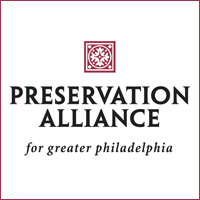
I thought it would be fun to share a bit of detail about some of the PA SHPO-connected properties recognized this year by the Preservation Alliance with our readers.
You can visit the Preservation Alliance’s website to see the full list of the 2020 awardees being recognized for their work saving the historic places and spaces in the Philadelphia region. This list – and the stories behind these successful projects – can serve as an inspiration for communities everywhere.
A. Mecky Company Building
The A. Mecky Company Building, one of the Alliance’s Grand Jury Award recipients, was built between 1910 and 1916 as the base for a prominent manufacturer of “juvenile wheeled goods” including velocipedes, scooters and tricycles. The company was a forerunner in aiming marketing efforts toward children.
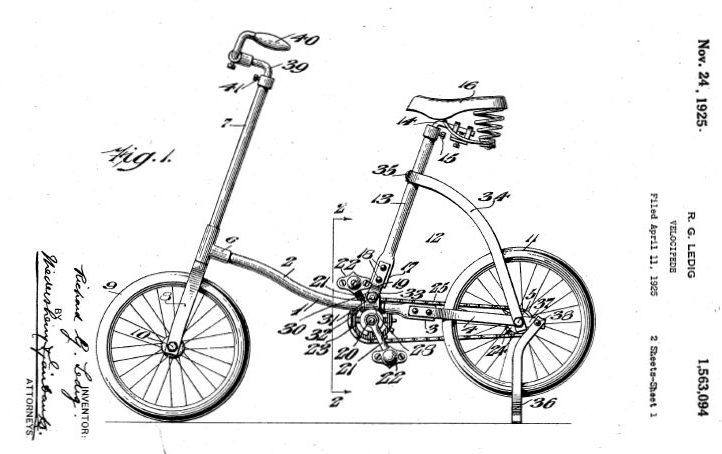
Confused about the term “velocipede” and wondering if it’s related to the velociraptors made famous by the movie Jurassic Park? Check out this history of the bicycle from the Smithsonian. Evidently, a velocipede developed into the modern bicycle, but the name stuck around for a few extra decades, often used interchangeably.
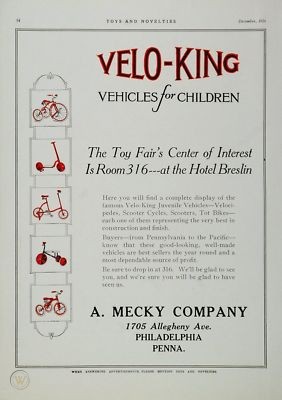
By 2017, when the property was selected by the Cristo Rey charter school as the site of a new high school facility in the Tioga neighborhood of North Philadelphia, the building was vacant and in deteriorating condition. The property was also listed in the National Register of Historic Places in 2017; you can learn more about the property from its nomination, available here on CRGIS.
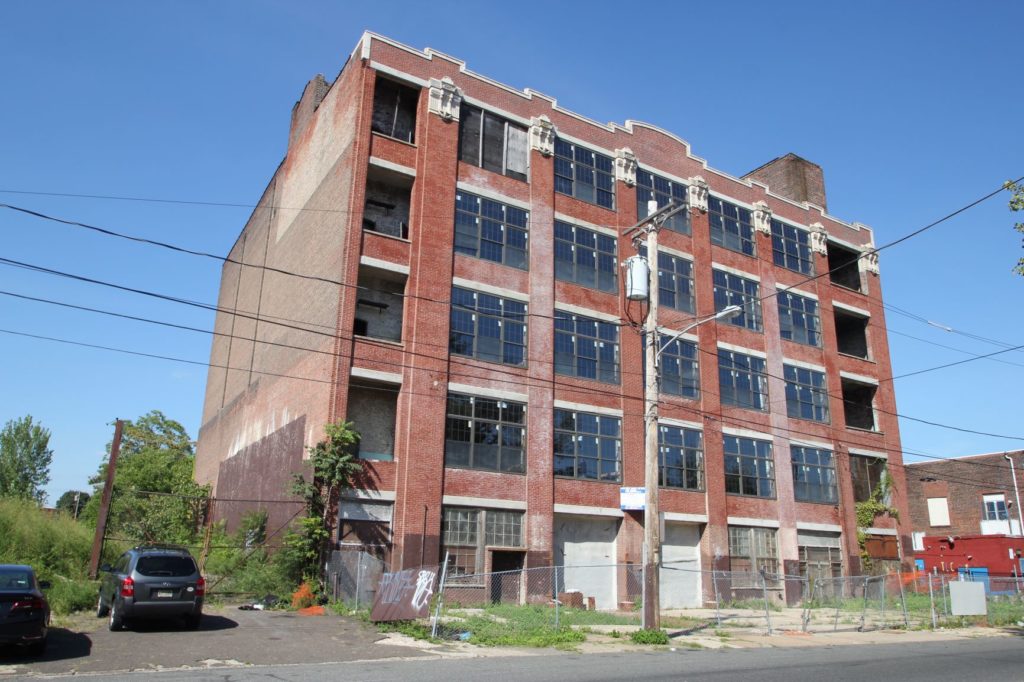
Our office frequently sees manufacturing buildings—and school buildings—rehabilitated into residential uses, and occasionally offices or other purposes. Developers with a vision select historic buildings that qualify for the federal Rehabilitation Investment Tax Credit (administered in Pennsylvania by our office) to help make the renovations financially feasible.
This time a charter school, Cristo Rey, used the tax credit to support the conversion of a factory into a school. An adjacent vacant lot enabled the school to add a 48,000 square feet wing to the 55,000 square foot, five-story factory, with space leftover for athletic fields and outdoor resources.
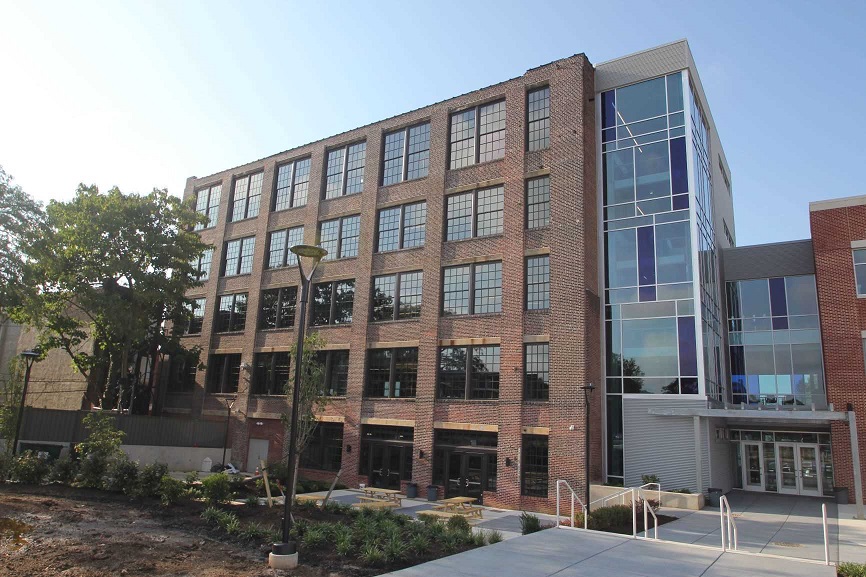
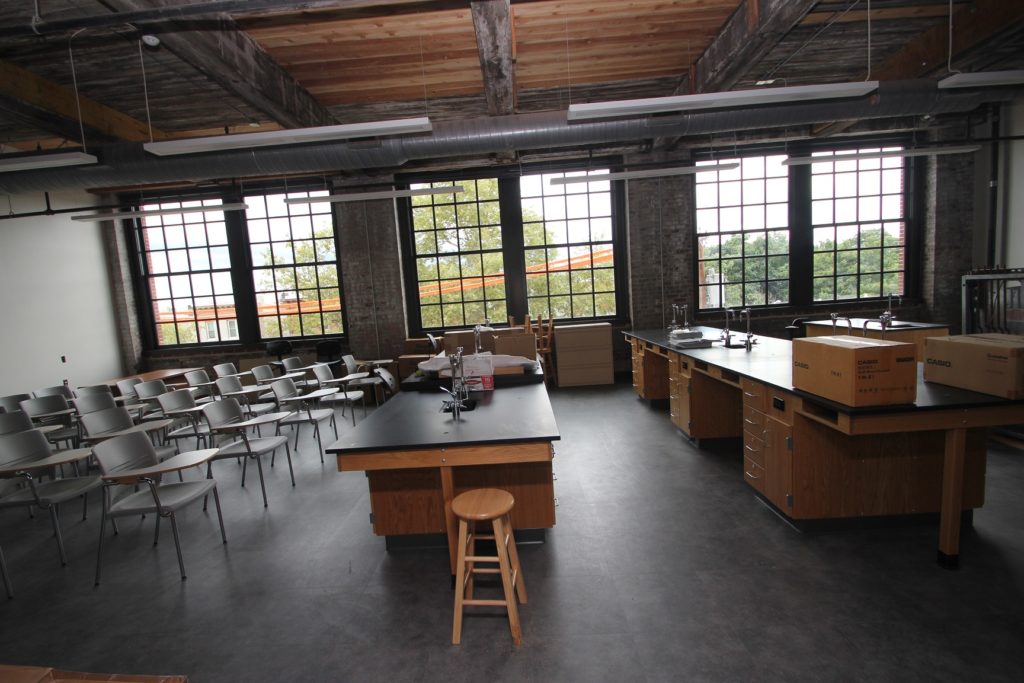
It’s certainly appropriate that a factory focused on producing children’s toys is again focused on serving children. We hope that the school’s vision for repurposing historic buildings will spread and perhaps next time will result in the adaptation of historic school buildings for modern education.
Infill Philadelphia: Sacred Places/Civic Spaces
A partnership between the Community Design Collaborative and Partners for Sacred Places, which originated in 2017, has been recognized with another of the Alliance’s Grand Jury Awards.
The mission of Infill Philadelphia: Sacred Places/Civic Spaces was to re-envision three underutilized religious properties as community hubs, demonstrating that they can be used in new ways to further serve their congregations and strengthen their communities.
One of the congregations participating was Wharton-Wesley United Methodist Church in the Cobbs Creek area.
To move toward their goals of expanded programming and space sharing, Infill Philadelphia helped the congregation explore design strategies for improving physical accessibility to the building, incorporating outdoor space for gardens and a food park, enhancing the sanctuary’s performance space and special event viability, and renovating the existing kitchen and fellowship hall for commercial kitchen use and additional event space.
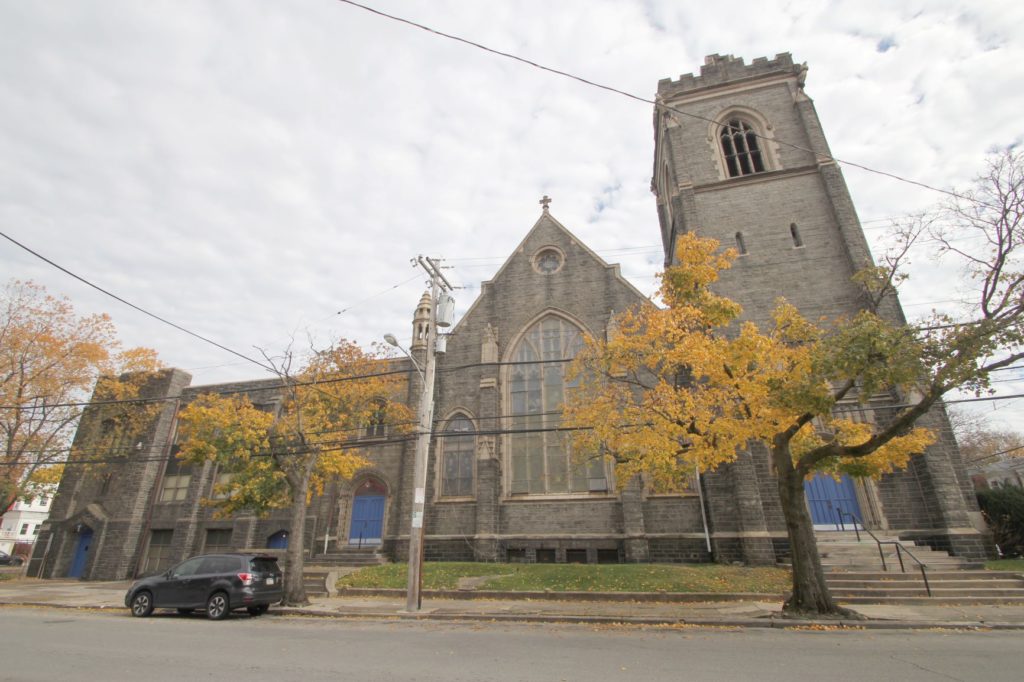
The 1905-1915 church building is already blessed with an amazing auditorium-style sanctuary, featuring D’Ascenzo Studio stained glass windows, a flexible fellowship hall with a large kitchen, multiple classrooms and a smaller chapel area to serve lectures, workshops, or events.
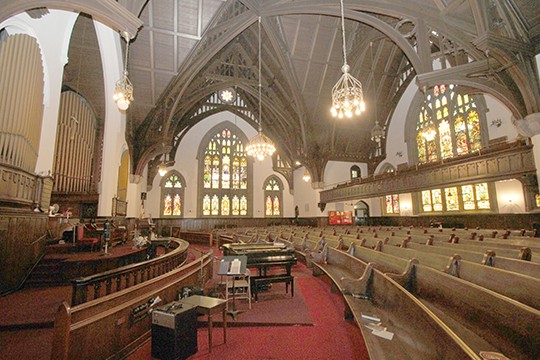
As part of the project, a National Register of Historic Places nomination was prepared for the property and it was listed in 2019.In addition to explaining the reasons the church is important, the nomination will hopefully serve to support future grant applications and fundraising efforts.
Partners’ website contains some troubling statistics, including the demolition of 40 Philadelphia houses of worship between 2009 and 2019, and the fact that “unprecedented numbers of religious buildings will be transitioned out of religious use in the years to come.” We hope that future efforts will build on Infill’s to help stem the loss of these priceless community assets.
The Historic Lazaretto
Readers may remember one of the Alliance’s Grand Jury Award winners, the Lazaretto in Delaware County, from a recent PA SHPO blog post as it’s also one of our 2019 Community Initiative winners.

We’re thrilled that Tinicum Township’s efforts to save and reuse the building are getting more recognition—the property and the community’s commitment is so deserving.
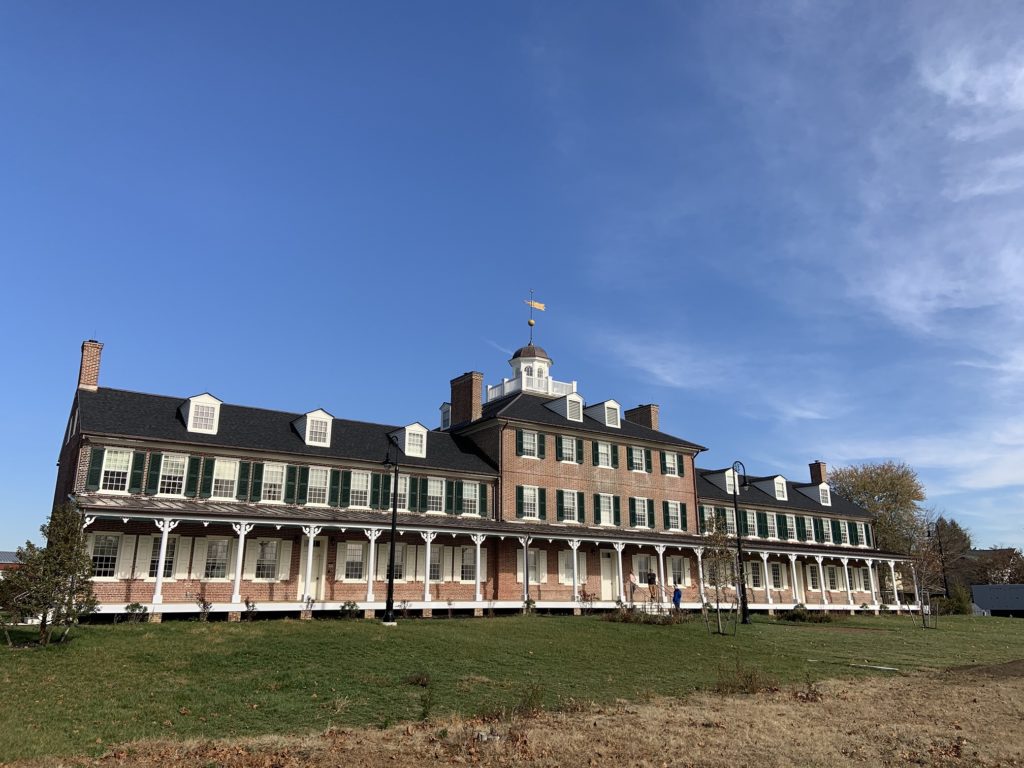
The Lazaretto has a PHMC Historic Marker that recognizes its original role as a quarantine station for immigrants to the Philadelphia area. The building was designed in 1799 to screen passenger ships entering the port of Philadelphia in response to the yellow fever epidemic of the 1790s. It remained in use as a quarantine station screening for communicable diseases until 1895.
Sally Elk
The Alliance is also honoring the President and CEO of Philadelphia’s Eastern State Penitentiary, Sara Jane (Sally) Elk, with the 2020 James Biddle Award for Lifetime Achievement in Historic Preservation. Our office is proud of the lengthy collaboration we’ve had with Sally as she led the transformation of the derelict Eastern State into a celebrated historic site.
Opened in 1829, the prison was once the most famous and expensive prison in the world and was considered an architectural marvel; it was listed in the National Register of Historic Places in 1965 and designated a National Historic Landmark a year later.
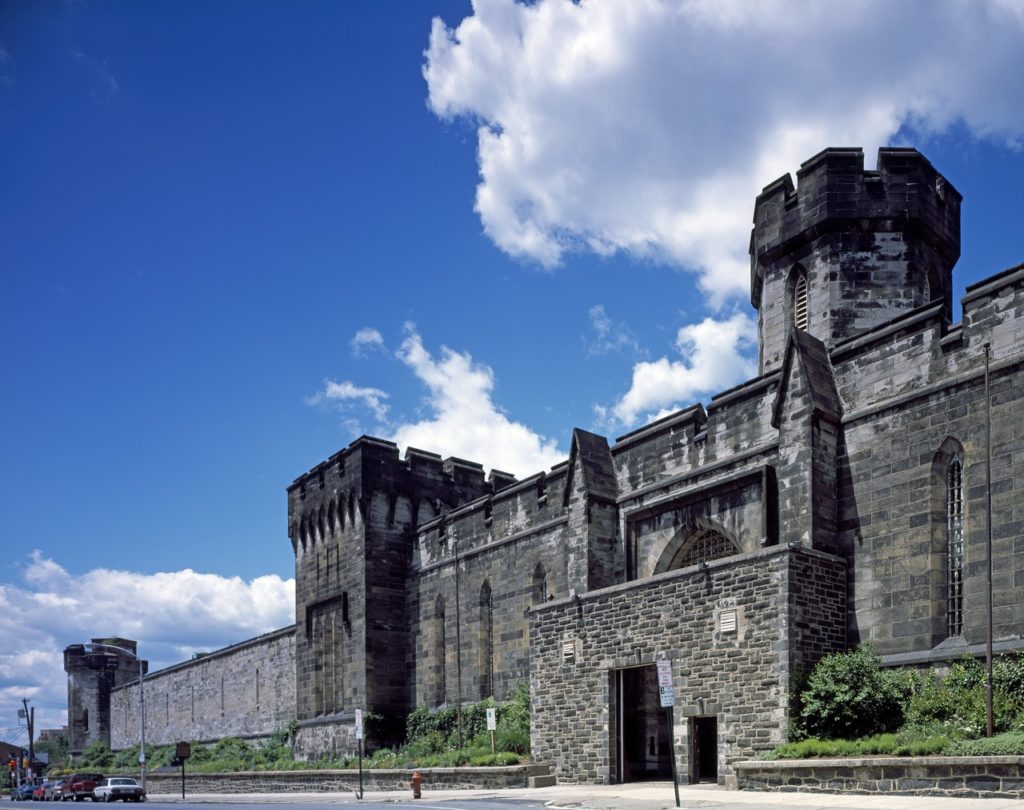
It was all but abandoned in the 1970s; in 1988 a task formed to pursue stabilization and preservation of the complex. Sally was there when the first formal visitors (wearing hardhats) toured the site in 1994.
Eastern State has received multiple Keystone grants through our office, which have helped fund projects ranging from repairing the Hospital Block’s roof, skylights, and barrel-vaulted ceiling to the preservation of a kitchen and mess hall area known as “Soup Alley.”
I visited the site last year and while amazed by the architecture and touched by the stories shared within the prison walls, I was truly moved by the Big Graph, a 2014 steel sculpture that dramatically illustrates changing prison population demographics from 1970 to today. The dialogue generated among visitors about the modern criminal justice system was surprising, and impactful.
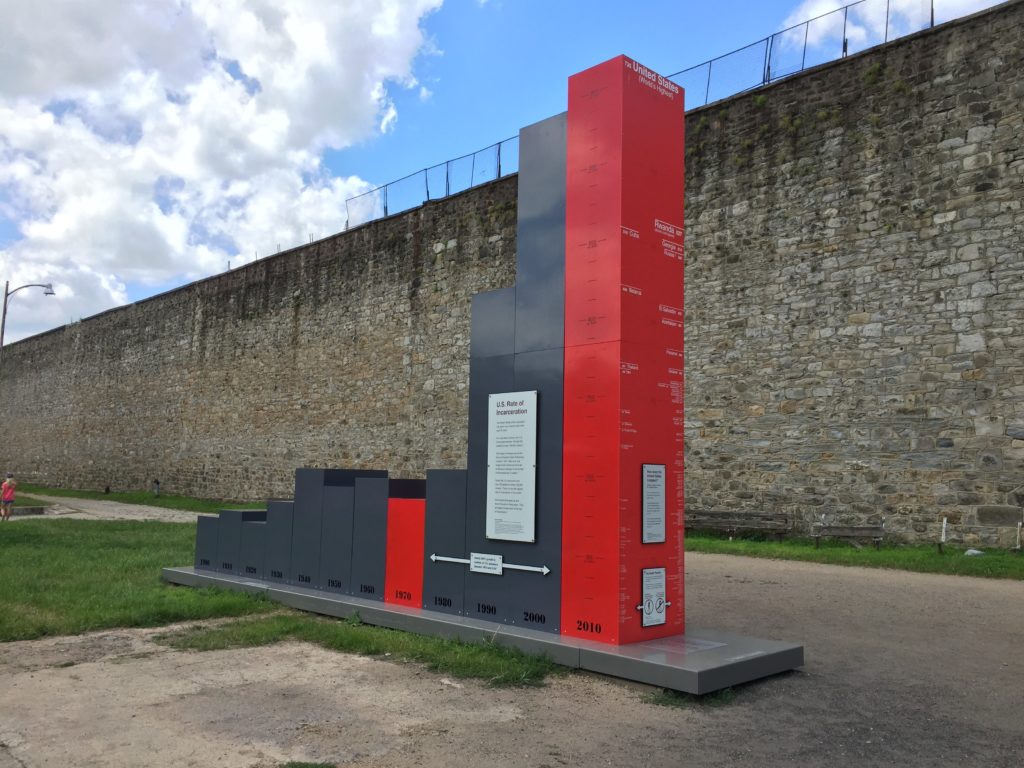
Eastern State is a great example of how a historic site can find continuing relevance.
Congratulations on this well-deserved honor, Sally!
Congratulations and Inspiration
And congratulations to all the other award recipients—we are thrilled that these projects and people are getting the recognition they deserve, and that our communities can continue to be enriched by them.
The Alliance’s 2020 Preservation Achievement Awards will be held on Tuesday, September 29, 2020 in Philadelphia.
Comment Policy
PHMC welcomes and encourages topic-related comments on this blog. PHMC reserves the right to remove comments that in PHMC’s discretion do not follow participation guidelines.
Commenters and Comments shall be related to the blog post topic and respectful of others who use this site.
Commenters and Comments shall not: use language that is offensive, inflammatory or provocative (this includes, but is not limited to, using profanity, obscene, or vulgar comments); disparage other commenters or people; condone illegal activity; identify the location of known or suspected archeological sites; post personal information in comments such as addresses, phone numbers, e-mail addresses or other contact details, which may relate to you or other individuals; impersonate or falsely claim to represent a person or an organization; make any commercial endorsement or promotion of any product, service or publication.
If you would like to comment on other topics not related to this blog post but related to PHMC, please fill out the PHMC Contact Us Form.
Leave a Reply